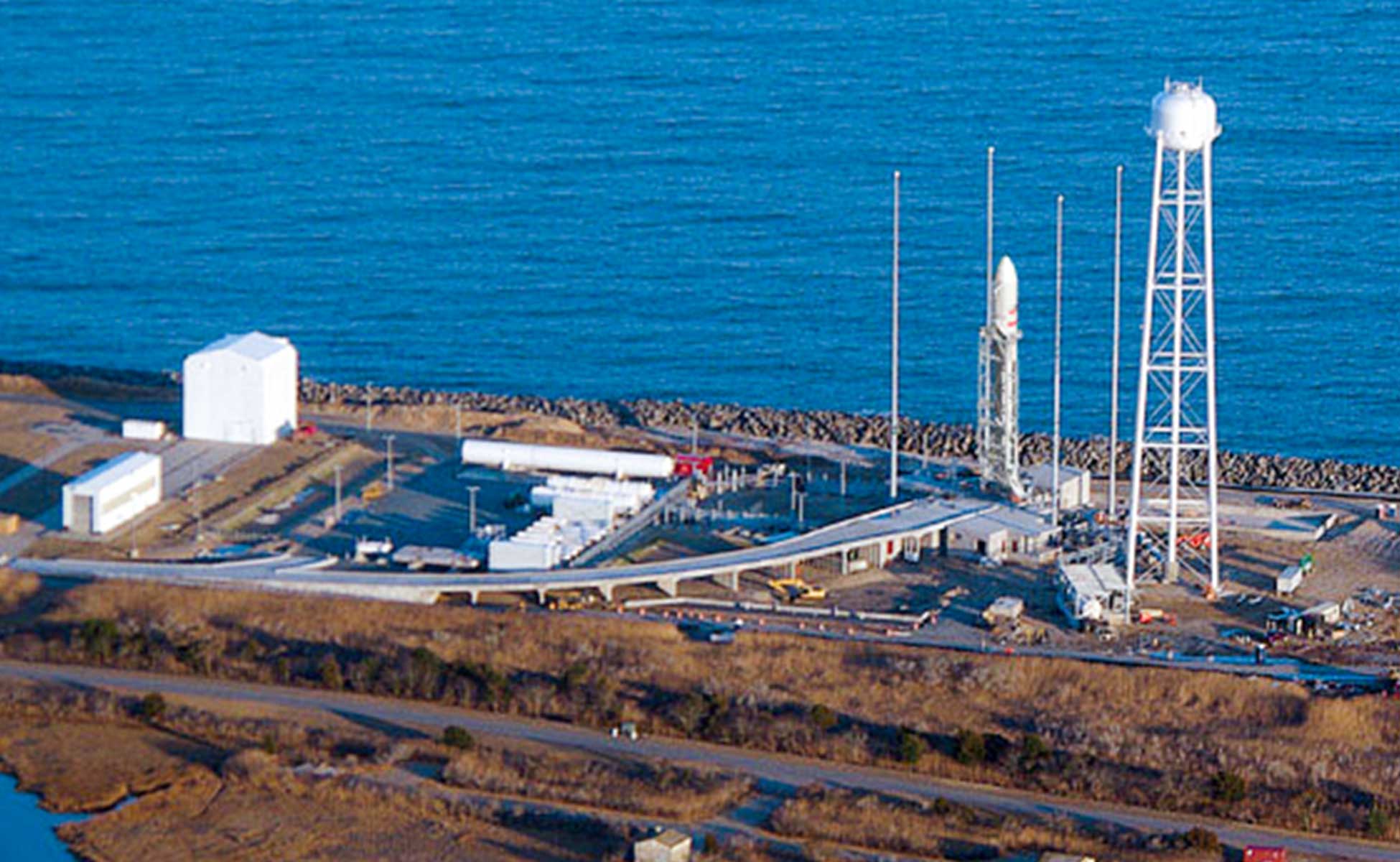

Wallops also supports development tests and exercises involving United States Navy aircraft and ship-based electronics and weapon systems in the Virginia Capes operating area, near the entrance to the Chesapeake Bay. The Wallops Flight Facility also supports science missions for the National Oceanic and Atmospheric Administration (NOAA) and occasionally for foreign governments and commercial organizations. The launch vehicles vary in size and power from the small Super Loki meteorological rockets to orbital-class vehicles. There have been over 16,000 launches from the rocket testing range at Wallops since its founding in 1945 in the quest for information on the flight characteristics of airplanes, launch vehicles, and spacecraft, and to increase the knowledge of the Earth's upper atmosphere and the environment of outer space. WFF includes an extensively instrumented range to support launches of more than a dozen types of sounding rockets small expendable suborbital and orbital rockets high-altitude balloon flights carrying scientific instruments for atmospheric and astronomical research and, using its Research Airport, flight tests of aeronautical research aircraft, including unmanned aerial vehicles. The facility is operated by the Goddard Space Flight Center in Greenbelt, Maryland, and primarily serves to support science and exploration missions for NASA and other Federal agencies. Wallops Flight Facility ( WFF) ( IATA: WAL, ICAO: KWAL, FAA LID: WAL) is a rocket launch site on Wallops Island on the Eastern Shore of Virginia, United States, just east of the Delmarva Peninsula and approximately 100 miles (160 km) north-northeast of Norfolk. It measured the reflectiveness of LTT9779b by comparing the light before and after the exoplanet disappeared behind its star.Wallops Flight Facility with its three separate parcels of property The European Space Agency's Cheops space telescope was launched into Earth's orbit in 2019 on a mission to investigate planets discovered outside our Solar System. The research marks "a big milestone" because it shows how a Neptune-sized planet could survive in the Neptune desert, he added. "It's a bit like a shield, like in those old Star Trek films where they have shields around their ships," he told AFP. The planet's metallic clouds "act like a mirror," reflecting away light and preventing the atmosphere from being blown away, according to the European Space Agency's Cheops project scientist Maximilian Guenther.

"We expect planets like this to have their atmosphere blown away by their star, leaving behind bare rock." "It's a planet that shouldn't exist," Parmentier said. The only exoplanets previously found that orbit their stars in less than 24 hours are either gas giants 10 times bigger than Earth - or rocky planets half its size.īut LTT9779b lives in a region called the "Neptune desert", where planets its size are not supposed to be found. The planet, which is around five times the size of Earth, is an outlier in other ways.


 0 kommentar(er)
0 kommentar(er)
